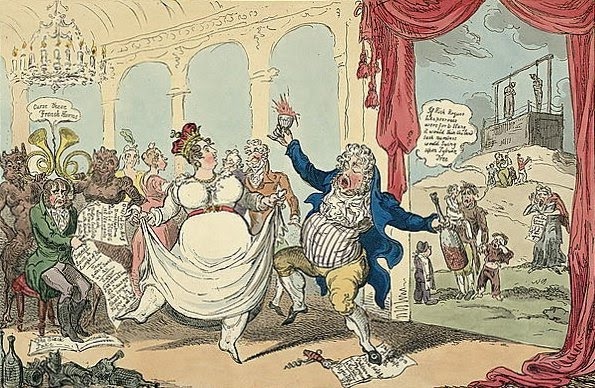On the 29th April 1812 His Royal Highness the Prince Regent (later to become King George IV), held one of his regular ‘levees’ at Carlton House. These were occasions for the prince to hold court and occasionally to bestow an honour on some deserving individual (such as Sir Humphrey Davy who was knighted by the prince in April 1812). These would have been glorious events, with London’s finest folk dressed to the nines in the latest fashions, desperate to be seen in the company of the future monarch. George ruled in his father’s stead, King George III being deemed unfit (through illness) to keep the throne.

Among those invited on the 29 April 1812 was the Member of Parliament for Lancaster, a Mr Pattern. While he was entertained inside his coachman waited to be called to collect him. When the guests began to leave the coachman, Mr Graham, drove his coach to the front of the house. But his master didn’t appear and soon Graham was causing a traffic jam and he was instructed, by one of the royal marshalmen, to move along.
Graham refused and when the officer tried to pull the horses away himself, and three Bow Street officers (better known as ‘Runners’) came to his assistance. Graham was having none of it however and the coachman leaned forward and struck the poor marshalman several times with the handle of his whip.
This action led to him being pulled unceremoniously from his box seat by several grenadiers and earned him an appearance before the sitting justice at Bow Street where he was remanded to Tothill Fields bridewell before later being bailed.
It is likely Graham was eventually released after promising not to behave so ‘outrageously’ in future; most assaults of this nature were ‘settled’ or dismissed by the summary courts of London. The Regency lasted until 1820 when George III died and his son formally succeeded him.
[from The Morning Chronicle , Thursday, April 30, 1812]


